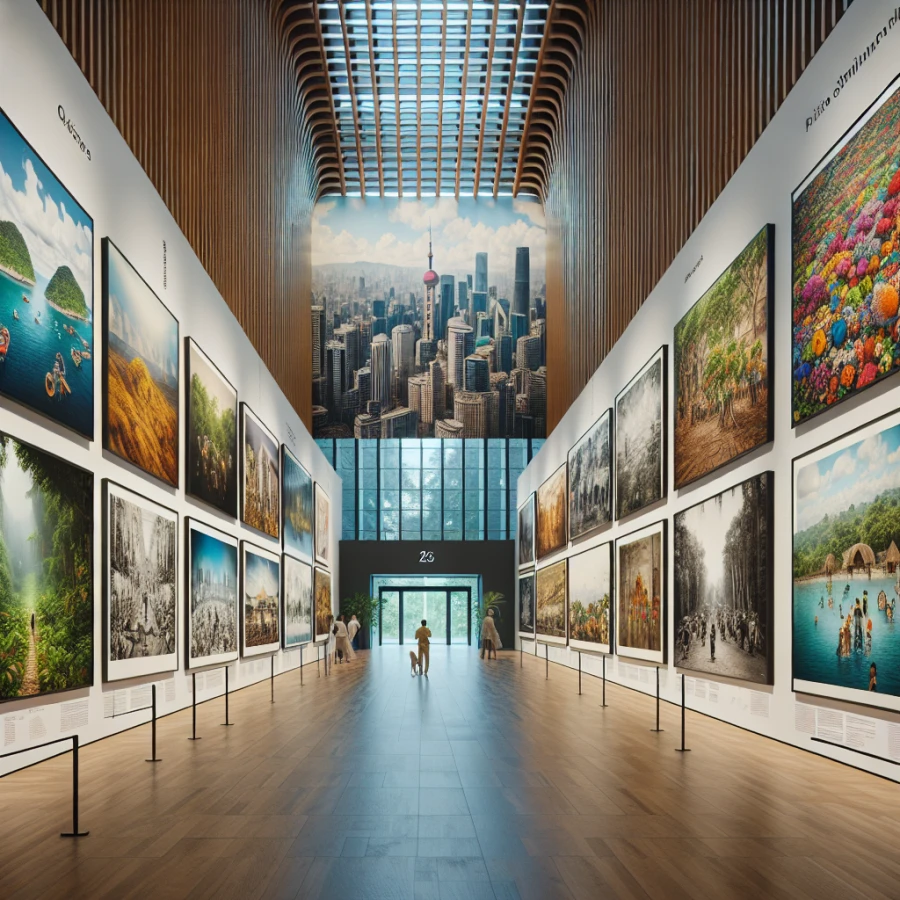How AI is Changing the Stock Photography Industry in 2025
In 2025, generative AI has shifted stock imagery from a catalog of fixed assets to an on-demand content engine. Instead of searching for a close-enough photo, buyers increasingly generate exactly what they need—style, composition, and lighting included—within minutes. This rewires pricing, curation, and the creative roles behind visual supply.
From scarcity to instant abundance
AI lowers the cost of producing niche visuals and fills long-tail demand that traditional shoots never covered. Libraries still matter, but they now coexist with customizable generators and promptable templates.
- Turnaround: campaigns move from brief to approved visuals in hours, not weeks.
- Coverage: hyper-specific scenes (season, culture, setting) are produced on request.
- Variation: infinite colorways, crops, and aspect ratios for every channel.
- Localization: quick swaps of models, signage, and context for regional relevance.
Quality, authenticity, and trust
With abundance comes a premium on credibility. Buyers want either verifiably real photos or transparently synthetic ones. Platforms are adopting content credentials (C2PA-style provenance), clearer AI labels, and review pipelines for safety, bias, and factual plausibility. Real human moments—events, reportage, unique locations—retain value because they are hard to fake and easy to verify.
New roles for photographers and illustrators
Creators aren’t replaced; their leverage shifts to direction, data, and differentiation. The best sellers mix authentic capture with AI craft and rights-aware workflows.
- Specialize in authenticity: documentary, backstage, and time-sensitive stories.
- Build proprietary style kits: LUTs, lighting recipes, and prompt packs buyers can apply.
- Create licensed training sets: consented shoots that fine-tune brand-specific generators.
- Offer compositing assets: raw plates, HDRI maps, 3D elements for hybrid pipelines.
- Package usage: subscriptions plus credits for AI variations and custom edits.
Business models and licensing evolve
Microstock pricing faces pressure, while value shifts to rights clarity and indemnification. Expect hybrid models: subscriptions blended with compute credits, tiers for commercial-safe outputs, and revenue shares when contributor assets train in opt-in programs. Clear releases and provenance trails become selling points, not paperwork.
The bottom line: AI expands what’s possible and compresses timelines. In 2025, stock succeeds when it pairs speed and scale with transparency, consent, and unmistakable creative vision.



